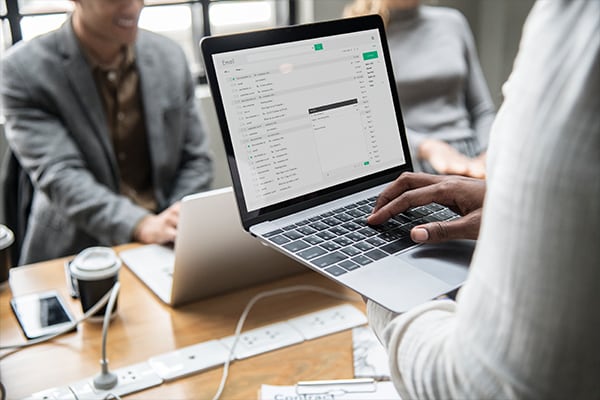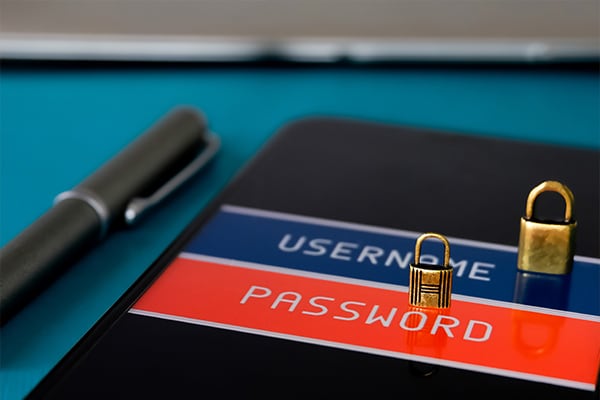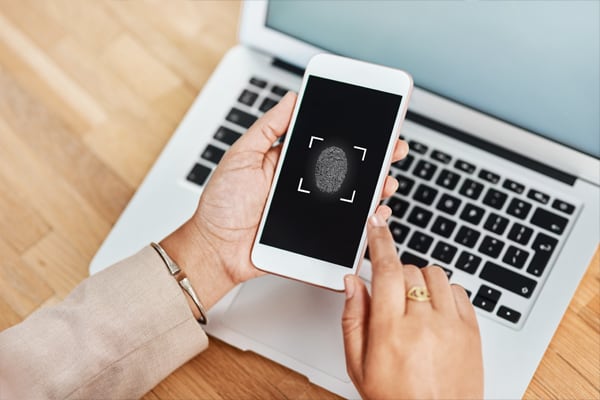With the availability of modern tools and backdoors in modern software that help you with your website, there is always room for malicious hackers and bad perpetrators to find ways around the software and hardware you use for your website. Below are some ways you can protect yourself from malicious hackers and perpetrators from owning your website, personal identity, and your digital data.
Step 1 - Rely on Trusted Software & Hardware

Use trusted and safe hosting
Select a web hosting provider known for its strong security measures. Top hosts offer malware scanning, firewalls, and regular backups. They use the latest software and hardware to manage their systems and keep them up-to-date to prevent any exploits that may harm your website and data.

Ensure up-to-date software
Keep all software, including your content management system and plugins, current. Developers release updates to patch security vulnerabilities. Automate updates where possible to minimize exposure to hackers exploiting outdated software. Prevent zero day exploits by keeping up to date

Only use verified networks
Access your website’s backend only through secure, encrypted connections. Public Wi-Fi networks pose a risk of interception by cybercriminals. Use VPNs to encrypt data transmission, ensuring your website’s admin activities remain confidential. Modern devices are secure
Step 2 - Monitor your communications

Keep your devices out of reach
Ensure your devices are physically inaccessible to unauthorized users. Lock them away when not in use, as physical access is a significant security risk. Educate your team about the importance of device security to prevent data breaches.

Don't open emails or click on links
Exercise caution with unsolicited emails. Phishing attempts often disguise as legitimate requests. Verify the sender’s credibility before interacting with any links or attachments to safeguard against malware infections and data theft.

Don't open suspicious texts
Treat unexpected texts with skepticism, especially those with links or requests for personal information. Cybercriminals use smishing to exploit victims. Always verify the source before taking action to protect your personal and work devices.
Step 3 - Keep your Security Up to Date

Keep your credentials safe
Implement strong, unique passwords for all your accounts and change them regularly. Use a reputable password manager to keep track of your credentials. Educating your team on secure password practices is crucial to maintaining your site’s integrity.

Use Two-Factor Authentication
Enhance account security by enabling two-factor authentication (2FA). This requires a second verification step, such as a text message or an authentication app, making unauthorized access considerably more difficult for attackers.

Stay up to date with the news
Staying informed about the latest cybersecurity threats and trends is vital. Subscribe to security news feeds and alerts. Being proactive and knowledgeable helps you adapt to new threats, protecting your website from emerging vulnerabilities.
We are Here to Help
With more than multiple decades in the industry and thousands of satisfied clients, we take your security very seriously. If you suspect your website of malicious activity, we can quarantine and get your site back up to its fullest potential. Contact us today to learn how we can help.



